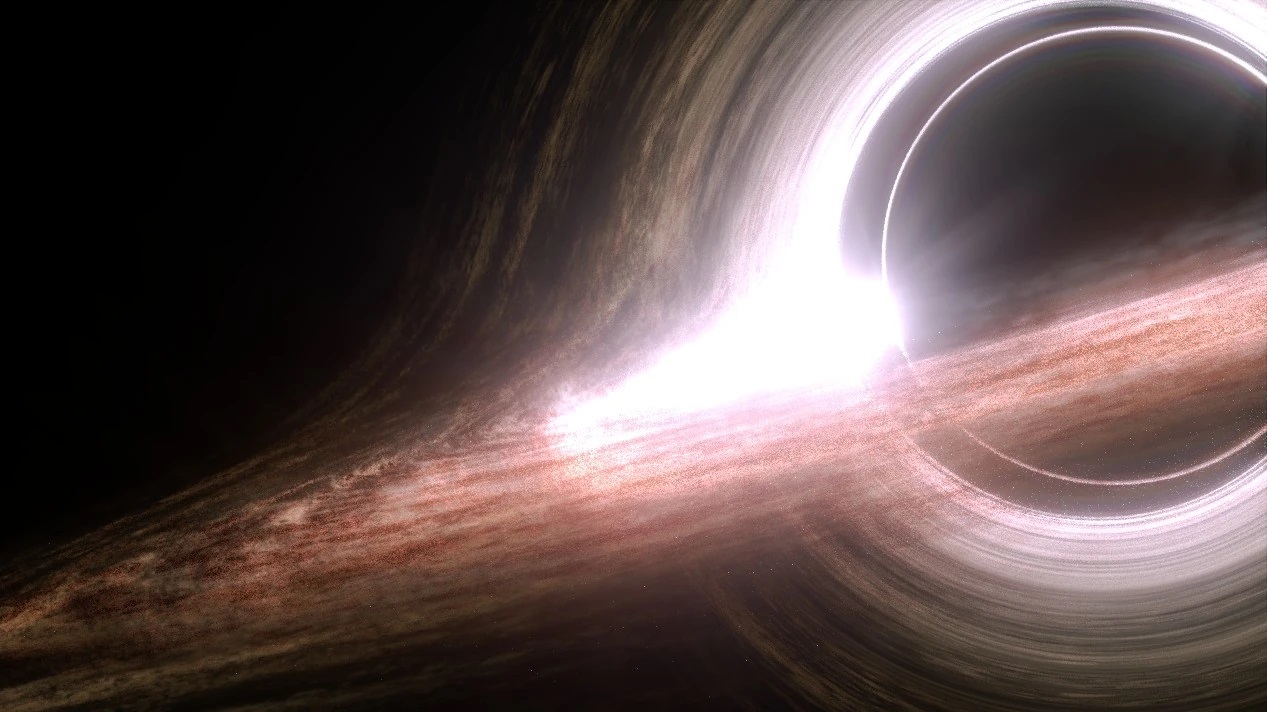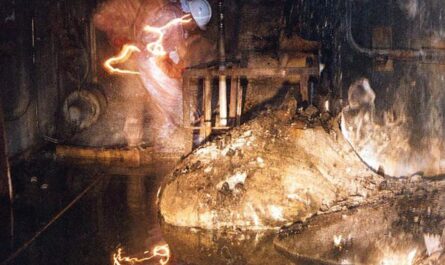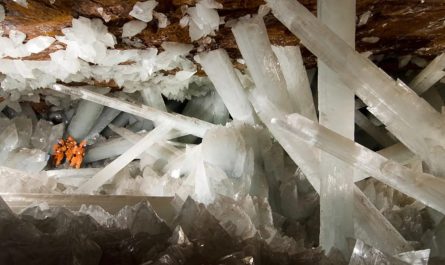TON 618 is a distant quasar located about 10.4 billion light-years from Earth. At its core lies one of the most massive black holes ever discovered — a true cosmic giant that defies everything we know about astrophysics.
Discovery of TON 618
TON 618 was first identified in 1957 at the Tonantzintla Observatory in Mexico, where astronomers cataloged it as a bright, blue, star-like object in the TON (Tonantzintla) survey.
Later observations revealed that it wasn’t a star at all — but a quasar, the intensely luminous core of a galaxy powered by a supermassive black hole feeding on surrounding matter.
The Mass and Size of the Monster
TON 618’s black hole is estimated to have a mass of around 66 billion Suns — making it one of the heaviest known objects in the universe.
Its event horizon — the boundary beyond which nothing can escape — stretches across an astonishing 1,300 astronomical units (AU), or roughly 194 billion kilometers in diameter.
To put that in perspective:
- TON 618’s event horizon: ~194 billion km
- Pluto’s orbit around the Sun: ~5.9 billion km
- Our entire Solar System would appear like a tiny speck of dust compared to this cosmic leviathan.
How Did It Become So Enormous?
Scientists believe TON 618 reached its incredible mass by devouring vast amounts of matter over billions of years.
Traditional theories struggle to explain how such enormous black holes could have grown so quickly after the Big Bang. One possible explanation involves galactic mergers — TON 618 may have consumed several smaller black holes and massive gas clouds throughout its history.
The Blinding Light of a Cosmic Beacon
As a quasar, TON 618 shines with 140 trillion times the luminosity of our Sun.
This brilliance comes from its accretion disk — superheated gas swirling at relativistic speeds before plunging into the black hole. Even from 10 billion light-years away, TON 618 remains one of the brightest active galactic nuclei ever observed.
Is TON 618 the Largest Black Hole in the Universe?
Currently, TON 618 holds a record as one of the largest and most luminous black holes known.
However, astronomers suspect there could be even larger ones hidden in the distant universe, waiting to be discovered by next-generation telescopes such as the James Webb Space Telescope and future deep-sky observatories.
What If TON 618 Were in Our Galaxy?
If TON 618 somehow appeared at the center of the Milky Way, the consequences would be catastrophic:
- Its gravitational pull would destabilize planetary orbits.
- Its accretion disk would outshine the entire Milky Way.
- Earth would be bombarded with intense radiation and gamma rays, making life impossible.
Fortunately, TON 618 is safely billions of light-years away — far beyond any danger to our Solar System.
Could Humanity Ever Visit TON 618?
At present, the idea of visiting TON 618 is pure science fiction.
Reaching it would require overcoming monumental challenges:
- Relativity limits — even light would take over 10 billion years to reach it.
- Radiation hazards — any spacecraft would be destroyed long before arrival.
- Energy demands — no existing or theoretical propulsion system could sustain such a journey.
For now, TON 618 can only be studied through powerful telescopes, as a distant yet awe-inspiring window into the extremes of the cosmos.
Final Thoughts
TON 618 stands as a reminder of the unfathomable scale of our universe.
It is a black hole so massive and radiant that it challenges our understanding of how galaxies and cosmic structures evolve.
Each new observation brings us closer to answering one profound question:
How can something so dark shine so brightly?



